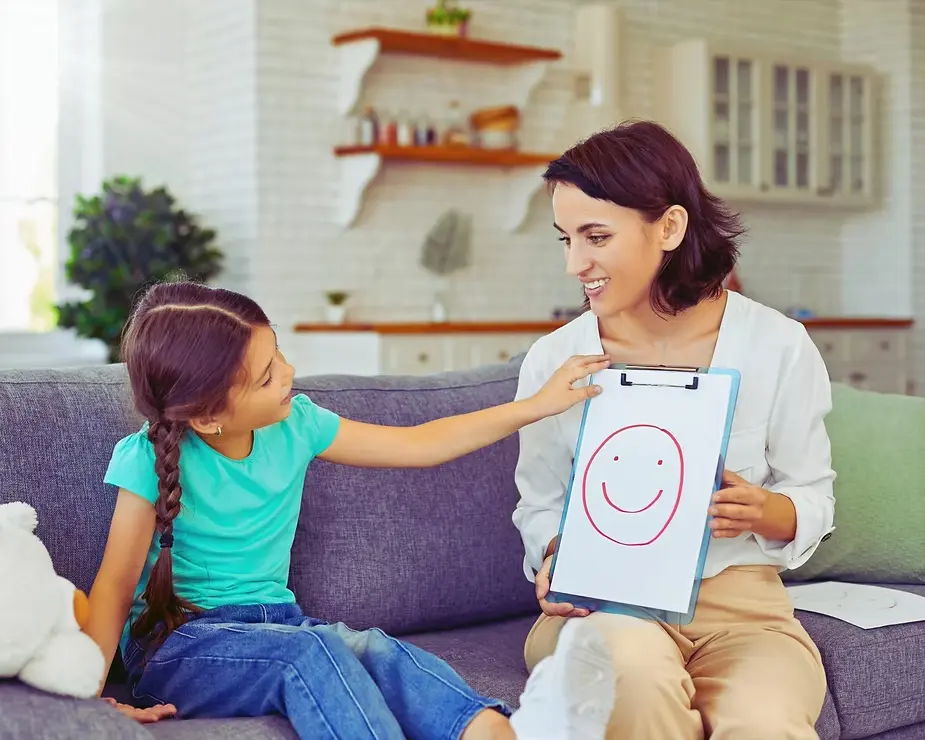The development of a child can be impacted by the relationship between a parent and child. Parents who provide an environment where a child feels consistently safe, understood and supported can form a secure attachment. Children with a secure attachment are more likely to thrive in their personal lives.
-
There are four main attachment styles: secure attachment, anxious-ambivalent attachment, avoidant attachment and disorganized attachment.
-
Building a secure attachment with your child is the ideal attachment style for fostering emotional resilience, healthy relationships, and confidence in children.
-
Being present, consistent and responding with empathy are ways to build a secure attachment with your child.
What Is The Importance Of Forming A Secure Attachment With Your Child?
Research shows that children with secure attachments are more likely to thrive in every area of life. They develop strong relationships, perform better in school, and handle stress more effectively. Secure attachment helps children learn how to manage emotions, trust others, and approach the world with confidence and curiosity (Esmaeili et al., 2021).
How To Build A Secure Attachment With Your Child?
The good news? Supporting secure attachment doesn’t require perfection – just intentional care:
-
Be present. Offering undivided attention during moments of connection, like reading or talking, helps children feel valued.
-
Respond with empathy. When a child is upset, validating their feelings shows you understand and care.
-
Be consistent. Predictable routines and steady responses create a sense of safety and stability.
Other Attachment Styles
Understanding attachment styles is key to recognizing how the caregiver-child relationship shapes a child’s development.
This style occurs when a caregiver is inconsistent in responding to a child’s needs. As a result, the child may become overly dependent on the caregiver and exhibit a heightened fear of abandonment. These children often struggle with anxiety and emotional regulation.
Avoidant attachment develops when caregivers are emotionally unavailable or dismissive. Children with this style may suppress their emotions and appear independent but often struggle with intimacy and trust in relationships.
3. Disorganized Attachment
This style is often linked to trauma or neglect. Children with disorganized attachment display a mix of anxious and avoidant behaviours, struggling to feel safe in relationships.
Among the four main attachment styles, secure attachment is the ideal foundation for fostering emotional resilience, healthy relationships, and confidence (Bowlby, 1982; Mehr-un-Nisa & Zahra, 2021).
Signs Of Unhealthy Child Attachment Vs Signs Of Secure Attachment In Child
The impact of secure versus insecure attachment extends into adulthood, influencing relationships, self-esteem, and coping mechanisms. While securely attached individuals form healthy bonds and regulate emotions effectively, those with insecure attachment may struggle with trust, emotional intimacy, and self-worth.
-
Excessive clinginess
-
Difficulty trusting others
-
Extreme fear of abandonment
-
Avoiding emotional connections altogether
-
Anxiously attached children may become overly dependent, fearing separation and seeking constant reassurance due to unpredictable caregiving.
-
Avoidantly attached children, on the other hand, may learn to suppress their emotional needs because their caregivers are dismissive or unresponsive.
-
Disorganized attachment, often resulting from trauma or severe neglect, leads to confusion and fear in the child, as the caregiver is both a source of comfort and distress.
|
How Do Insecure Attachments Form? Insecure attachment arises when a caregiver’s responses are inconsistent, neglectful, or overly intrusive. Parents who unintentionally foster insecure attachment may struggle with emotional availability, lack responsiveness to their child’s cues, or exhibit inconsistent caregiving patterns, making it difficult for the child to develop trust and emotional stability. However, with the right interventions, including supportive relationships and therapy, individuals with insecure attachment can develop healthier relational patterns and emotional security over time. |
|---|
Signs Of Secure Attachment In a Child
On the other hand, a securely attached child feels safe, confident, and comfortable exploring their environment while maintaining trust in their caregivers. Signs of secure attachment in children include the ability to:
-
Express their emotions openly
-
Seek comfort when needed
-
Build strong, positive relationships with others
Recognizing these signs early can help caregivers and educators provide the right support to foster a secure and healthy attachment in children.
|
How Do Secure Attachments Form? A secure attachment is formed when a caregiver consistently responds to a child’s needs with warmth, sensitivity, and reliability. This creates a strong foundation of trust, allowing the child to feel safe exploring their environment while knowing they can return to their caregiver for comfort and support. Parents who foster secure attachment actively engage with their children, provide reassurance during distress, and encourage independence without fear of abandonment. As a result, securely attached children tend to develop self-confidence, emotional regulation skills, and healthy relationships. |
|---|
Bottom Line
Secure attachment is one of the most valuable gifts a caregiver can provide. It lays the foundation for a lifetime of healthy relationships, emotional well-being, and personal success. By focusing on secure attachment, caregivers are investing in the bright and promising future of their children.



